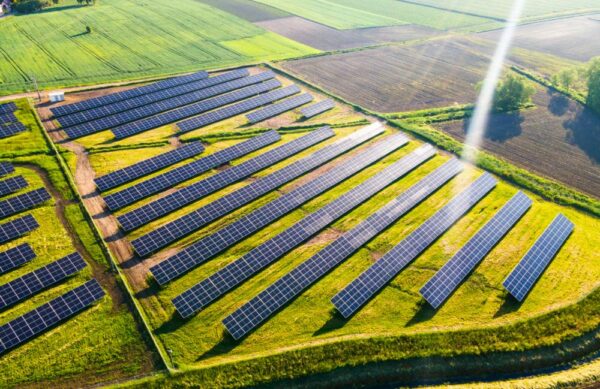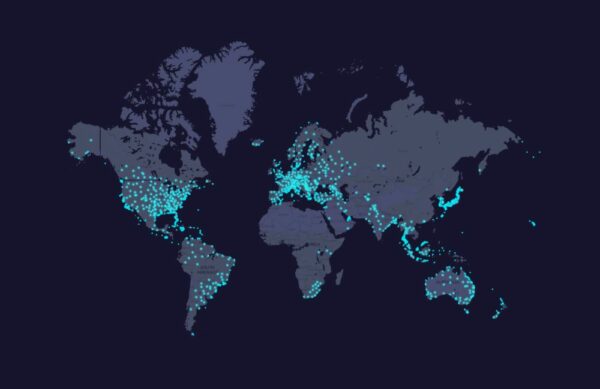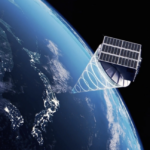The lack of weather data and reliable forecasts in many developing countries, and the too-often devastating impacts on farming and agriculture, is a well-documented problem that a number of public, private, and non-profit organizations are working hard to address. The consequences are only growing as a changing climate is making floods, droughts, heat waves, and other weather and climate hazards more frequent and more extreme.
After a visit to Africa last year, TomorrowNow.org’s Georgina Campbell Flatter wrote about the weather-related challenges facing farmers in Africa and many other parts of the developing world. She described three main roadblocks to using weather information:
- Distrust in weather forecasts: Many farmers do not trust the weather information they receive because it is often wrong.
- Inability to turn forecasts into action: Many farmers don’t know how to interpret forecasts and use them to guide daily action, because the forecasts they receive are often vague, don’t capture localized conditions, arrive too late, and lack context.
- Poor weather forecasting infrastructure: A disconnect between local government and development aid organizations resulting in poor infrastructure and an underutilized hydromet value chain.
Weather has significant impacts across the entire farming lifecycle. The impact on plant growth and crop yield is probably the most obvious, with both of these highly dependent on water availability, soil condition, temperature, and other weather and climatic factors. Yet weather also plays an important role long before a seed is even planted, particularly when it comes to seed breeding to increase crop yields and tolerance to weather extremes.
There are a variety of reasons for the inadequate weather forecasts in Africa and many developing countries, but they all start with a lack of data—both a lack of detailed historical weather data to correlate weather and climate conditions with past seed performance, and a lack of real-time data needed to generate accurate and timely weather forecasts to maximize future seed performance.
The success of seed breeding and ability to deliver accurate, timely, and actionable weather information to farmers has life-or-death implications for millions of people in Africa and around the world whose food supplies are increasingly threatened by shifting climate zones and extreme weather, such as the drought that has left tens of thousands of people in Madagascar on the verge of famine.
Tomorrow.io has developed new technologies and tools to improve weather forecasts globally and how they are delivered to people for operational use:
- Hyperlocal modeling: Most publicly available weather models are global models that provide broad forecasts over large areas, rather than detailed and rapidly updated local forecast information. One exception is the National Oceanic and Atmospheric Administration, which runs high-resolution and frequently updated models covering the United States. Tomorrow.io brings a similar capability to the entire globe with its Comprehensive Bespoke Atmospheric Model (CBAM), which not only generates operational weather forecasts at high spatial and temporal resolution, but also uses a downscaling technique to produce detailed reanalyses (estimates of past weather conditions) even in areas where observations are sparse. Such analyses are instrumental to correlating past weather conditions with seed performance, informing seed-breeding activities, and making site-specific seed recommendations.
- Observations: Radar provides essential information on real-time and forecast precipitation, but more than 5 billion people worldwide still live outside of ground-based radar coverage. Tomorrow.io is developing a constellation of precipitation radar satellites, the first scheduled to launch in late 2022, that will dramatically expand coverage of high-fidelity precipitation data globally, including in Africa and many developing countries which have historically been deprived of basic weather radar data and the benefits of modern weather prediction. These observations will enable real-time monitoring and reliable forecasts of rain, severe storms and hail to aid crop management, and will improve predictions of heatwaves and drought as well.
- Weather intelligence: An accurate and timely weather forecast isn’t useful if it can’t be interpreted to drive specific actions, such as deciding when to irrigate or fertilize. Tomorrow.io’s Weather Intelligence Platform delivers greater decision-support value by getting the right information to the right people at the right time to drive decisive actions, turning weather forecasts into weather intelligence. For example, instead of just providing a vague forecast like a 40 percent chance of rain, the platform recommends specific actions (such as delay planting three days, or reschedule fertilization) based on the user’s particular criteria and application.






